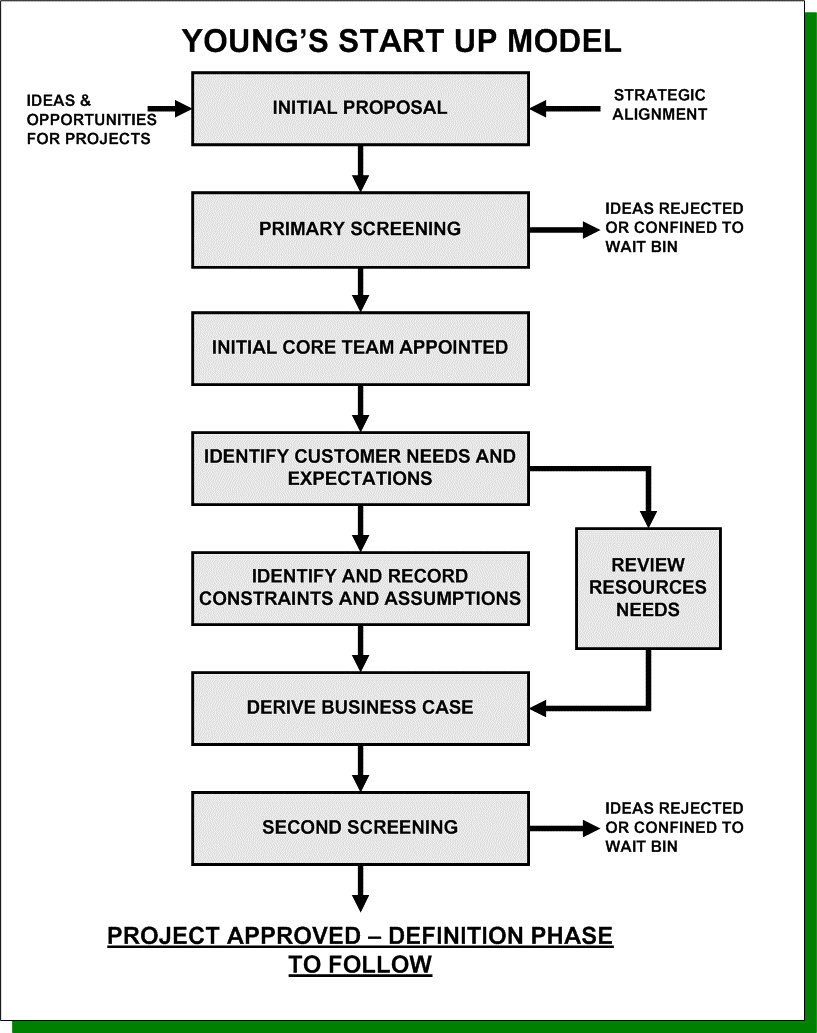
Once the initial proposal has passed the first screening (using one or more of the selection models discussed earlier), customer needs have to be defined that will ultimately allow the project team to produce deliverables specifically designed to meet the customer’s expectations. A clear understanding of these needs will allow the development of the requirements that drive the planning process. Particular effort must be made to:
- Understand the customer – explore priority and relative importance to other activities.
- Understand the customer’s environment in which they must operate.
- Use political skills – not all customers are equal, and some needs cannot be addressed.
- Demonstrate technical competence and awareness of the customer’s technical needs.
- Convert ill-defined needs into practical solutions.
- Keep an open mind and a creative approach.
- Analyse the mixed signals received through personal influences on needs.
- Attempt to expose the hidden expectations.
A clear statement of need should be the end-result, which can be reflected back to the customer for validation and acceptance with no ambiguity. Once the customer needs have been identified and accepted, project constraints need to be identified. This should be done in conjunction with the customer in order to gather the information required to guarantee success.
Assumptions about various aspects of the project also need to be clarified and recorded. These assumptions should later be validated as the project is implemented. A final screening must take place once all the relevant information has been gathered. A kick-off/launch meeting should then be held with the project sponsor and the other stakeholders. This meeting should be used to ask as many questions as possible and to clarify all issues that still need attention.
The outcome of the meeting must be that technical scope is established; the participants accept basic areas of performance responsibility and some tentative overall schedules and budgets are spelled out. It is also the ideal opportunity for the project manager to showcase his ability to lead the project team. After this meeting a formal project definition can be developed.